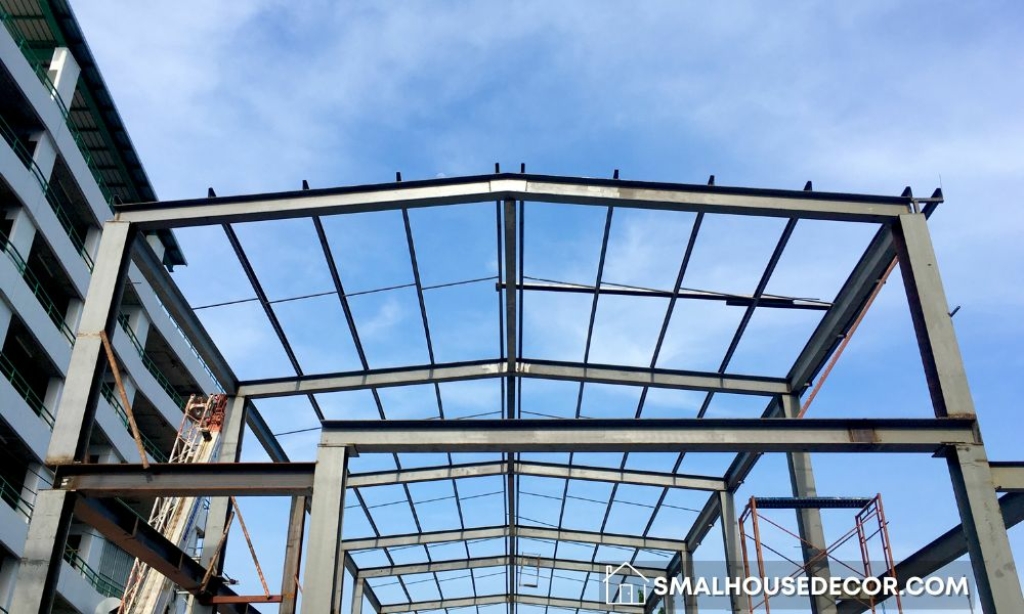As a homeowner, it’s important to understand structural integrity basics in order to ensure the safety and security of your home. The strength of any building—from residential homes to commercial structures—depends on its structural stability, meaning that it is built with strong materials capable of enduring wear and tear over time.
This article will help you gain insight into what impacts structural integrity, how it affects your home or building, and what steps you can take to maintain and preserve lasting levels of strength within your four walls. So if you’re looking for ways to ensure the stability and durability of your property, read our guide on the essentials so that every fiber in your structure stands tall against pressure from environmental factors like wind or seismic shifts.

Overview of structural integrity and why it is important
Structural integrity is crucial in ensuring the safety and functionality of buildings, bridges, and other infrastructure. It is essentially the ability of a structure to withstand the loads and stresses it is subjected to, whether from natural disasters or everyday use, without experiencing any major deformations or failures.
Maintaining structural integrity is essential for preventing catastrophic events such as collapses or failures, which could result in enormous damage and loss of life. Engineers and architects work hard to ensure that structures are designed and constructed to withstand a range of challenges, and regular inspections and maintenance are essential to keep them safe and secure over the long term.
Ultimately, structural integrity is a fundamental aspect of infrastructure development, supporting the growth and progress of communities around the world.
Understanding different materials and how they affect the strength of your home
It’s no secret that the materials used in construction play a key role in determining structural integrity. Different building materials can resist loads and forces better than others, so understanding which material is right for your project will help you construct sturdy buildings and homes.
Steel and concrete are two of the most commonly used materials when it comes to constructing buildings or bridges, as they are strong and durable. Steel is an ideal material for construction due to its strength, yet it does have a downside—it can be vulnerable to corrosion over time.
On the other hand, concrete is very strong and reliable in most conditions, but it can also be brittle, meaning that it may crack or break if subjected to excessive loads or forces. A structural steel supplier in the Gold Coast notes that custom steel fabrications and other metal components can strengthen structures and provide security. It can also be a great option for unique designs, as it is easily cut and shaped to suit a range of applications.
Identifying structural weaknesses in your home
As a responsible homeowner, it is crucial to identify and address any structural weaknesses in your home to ensure the safety of your family and your property. One of the most obvious signs of structural weakness is cracks in the walls or foundation.
However, other signs may be subtler, such as doors and windows that do not close properly or uneven floors. In some cases, you may also notice sagging ceilings or uneven rooflines. Ignoring these issues can lead to major structural problems down the line, making it imperative to address them as soon as possible.
Seeking the guidance of a professional structural engineer can help you identify any weaknesses and determine the best course of action to address them before they become major problems.
Tips and tricks to ensure your home remains structurally sound over time
Your home is more than just a place to rest your head at night; it’s an investment that you want to last for years to come. To ensure that your home remains structurally sound over time, follow these tips and tricks.
First, regularly inspect your home for any signs of damage, such as cracks or leaks. Addressing these issues early can prevent them from becoming larger problems down the road. Additionally, ensure that your foundation is properly maintained and protected from water damage.
Another crucial step is to maintain proper ventilation in your home to prevent moisture buildup, which can lead to mold and other issues. By following these tips and tricks, you can rest easy knowing that your investment is protected and your home is safe and secure.
Also Read: What Are The Basic Things You Should Negotiate With A Construction Company?
Final Words
Structural integrity is essential for the safety and stability of any home. It involves a combination of understanding how different materials interact and recognizing weak spots in a home’s construction.
Regular inspections are paramount in helping identify potential causes of structural failure before they reach a dangerous level; however, knowing when to call in a professional for assistance is also important. By using these tips and tricks, you can help maintain the structural integrity of your home while keeping it safe for your family and friends.
Allowing a qualified inspector to assess your home on a regular basis is one of the best ways to ensure your property remains free from any hidden issues that may arise over time. With this knowledge, you can rest easy knowing that your home will remain structurally sound for years to come.